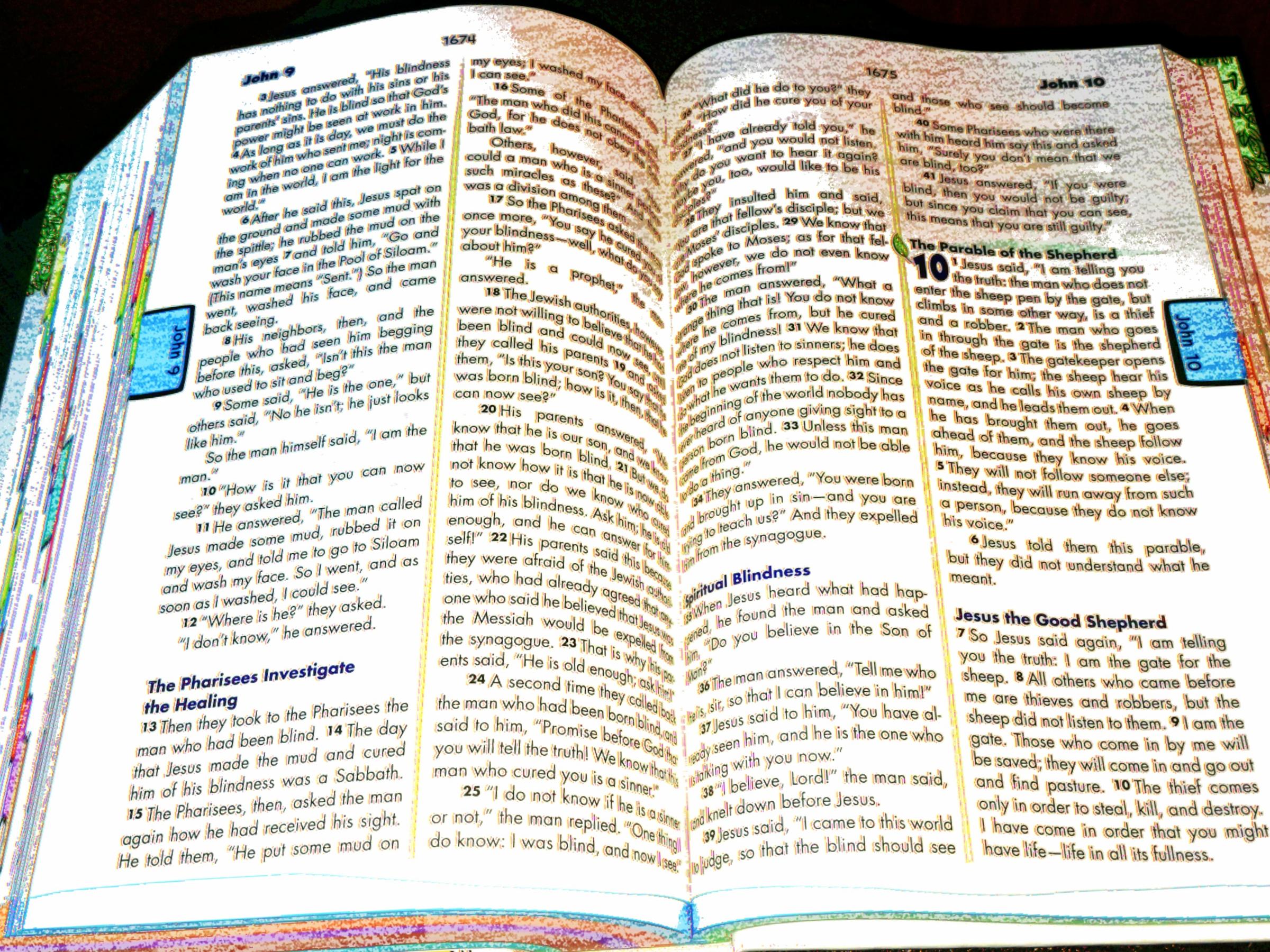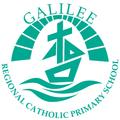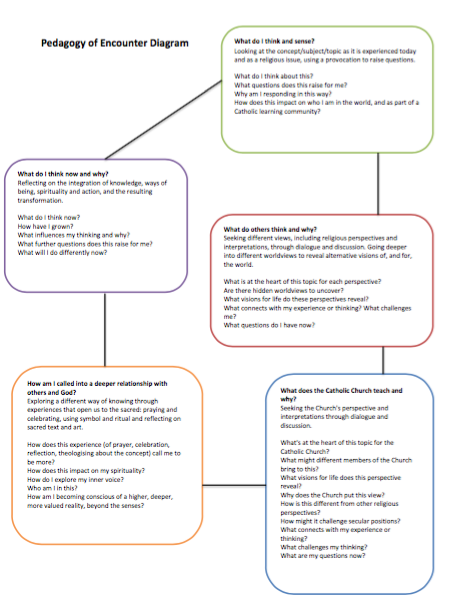Education in Faith

Catholic Education at Galilee
At Galilee, as a Catholic school, we aim to foster:
- an appreciation and deep understanding of the richness of the Catholic Tradition
- religious self-understanding and spiritual awareness
- an openness to religious questions and to a religious interpretation of the world
- an awareness of the diversity of voices in society and within the school
- discernment and participation informed by the Catholic Tradition.
This is done through the Religious Education Curriculum Framework, which draws from and incorporates the teachings and principles espoused in the Catechism of the Catholic Church, along with the teachings of Vatican II and post-conciliar documents.
The framework supports the full flourishing of all learners as spiritual and religious, physical and cognitive, social and emotional beings through Religious Education. It proposes a learning structure comprised of: three strands of learning; five content areas; and the learning progression including achievement standards.
The Three Strands are:
- Knowledge and Understanding, i.e. seeking truth
- Reasoning and Responding, i.e. making meaning
- Personal and Communal Engagement, i.e. living story
The Five Content Areas are:
Scripture and Jesus
Church and Community
God, Religion and Life
Sacrament, Prayer and Liturgy
Morality and Justice.
Pedagogy of Encounter
- The Pedagogy of Encounter is the tool used by teachers to invite dialogue, deep thinking and engagement with the Catholic story. The diagram offers key questions in five areas that engage the voice of the learner in deep dialogue with the Catholic Tradition:
- What do I think and sense?
- What do others think and why?
- What does the Church teach and why?
- How am I called into deeper relationship with others and God?
- What do I think now and why?
- This tool promotes student ownership of their learning, and time for respectful and substantive conversations .

